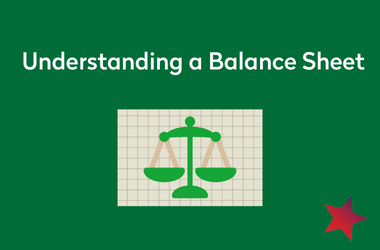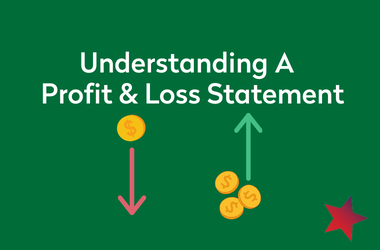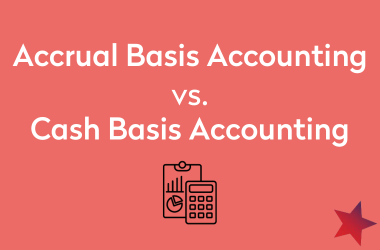What is a 501(c)(3) Nonprofit?
501(c)(3) Nonprofit
In the arts industry, a common level of incorporation you may come across is a 501(c)3 not-for-profit. Under this incorporation, the nonprofit organization uses the surplus of their revenue to fulfill the entity’s mission rather than distributing as profit or dividends to shareholders. Being “501(c)(3)” means that a particular nonprofit organization has been approved by the Internal Revenue Service as a tax-exempt, charitable organization. The term “charitable” includes being established for purposes that are religious, educational, charitable, scientific, literary, testing for public safety, fostering national or international amateur sports, or prevention of cruelty to animals and children. The process of formation as a 501(c)3 involves many documents and registrations through a lawyer, as well as awaiting IRS approval which all incur fees. As required by articles and by laws, the 501(c)3 must also establish a board of directors and maintain annual audits.
NEXTSTEPS | 11.16.20
Latest Blog Posts
Understanding A Balance Sheet
Understanding a Balance SheetWhat is a Balance Sheet? A Balance Sheet is a financial statement that summarizes the company’s assets, liabilities, and equity at a specific point in time. The Balance Sheet is an essential tool used by organizational leaders, Board of...
Understanding A Profit and Loss Statement?
Understanding A Profit and Loss StatementWhat is a Profit and Loss Statement? A Profit and Loss Statement (P&L) is a financial statement that measures the revenues, costs, and expenses incurred over a specific accounting period. P&Ls reflect an organization’s...
Accrual Basis Accounting vs Cash Basis Accounting
What is Accrual Basis Accounting vs. Cash Based Accounting? Accrual Basis Accounting Accrual basis accounting refers to a major accounting method that recognizes revenues and expenses at the time a transaction occurs, regardless of when cash is exchanged. Accountants...



